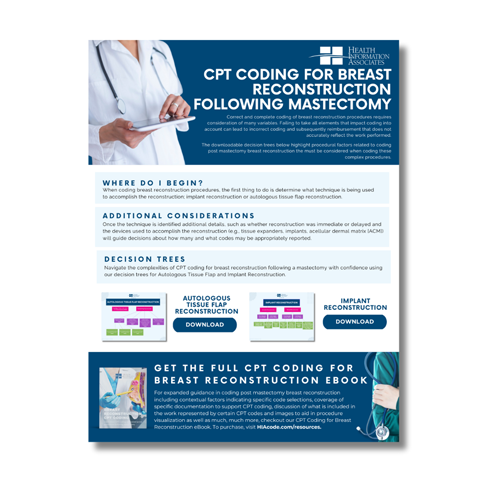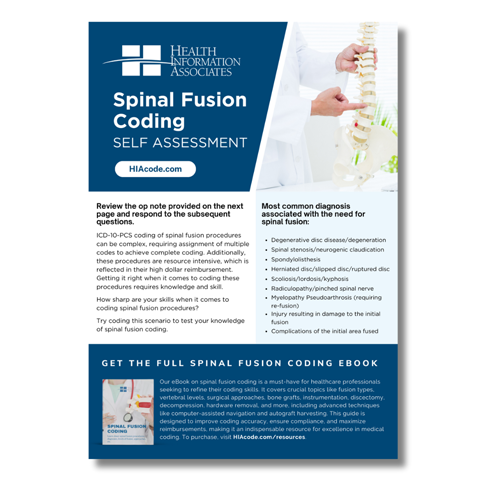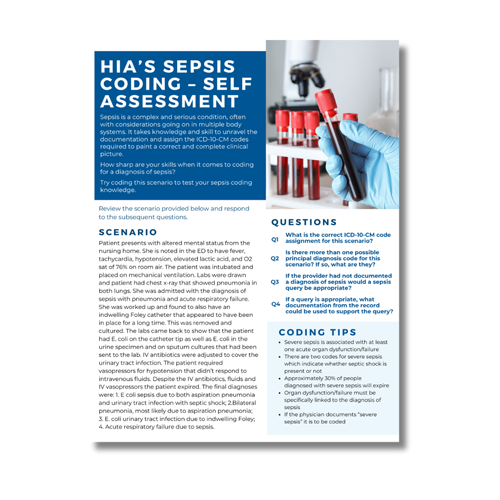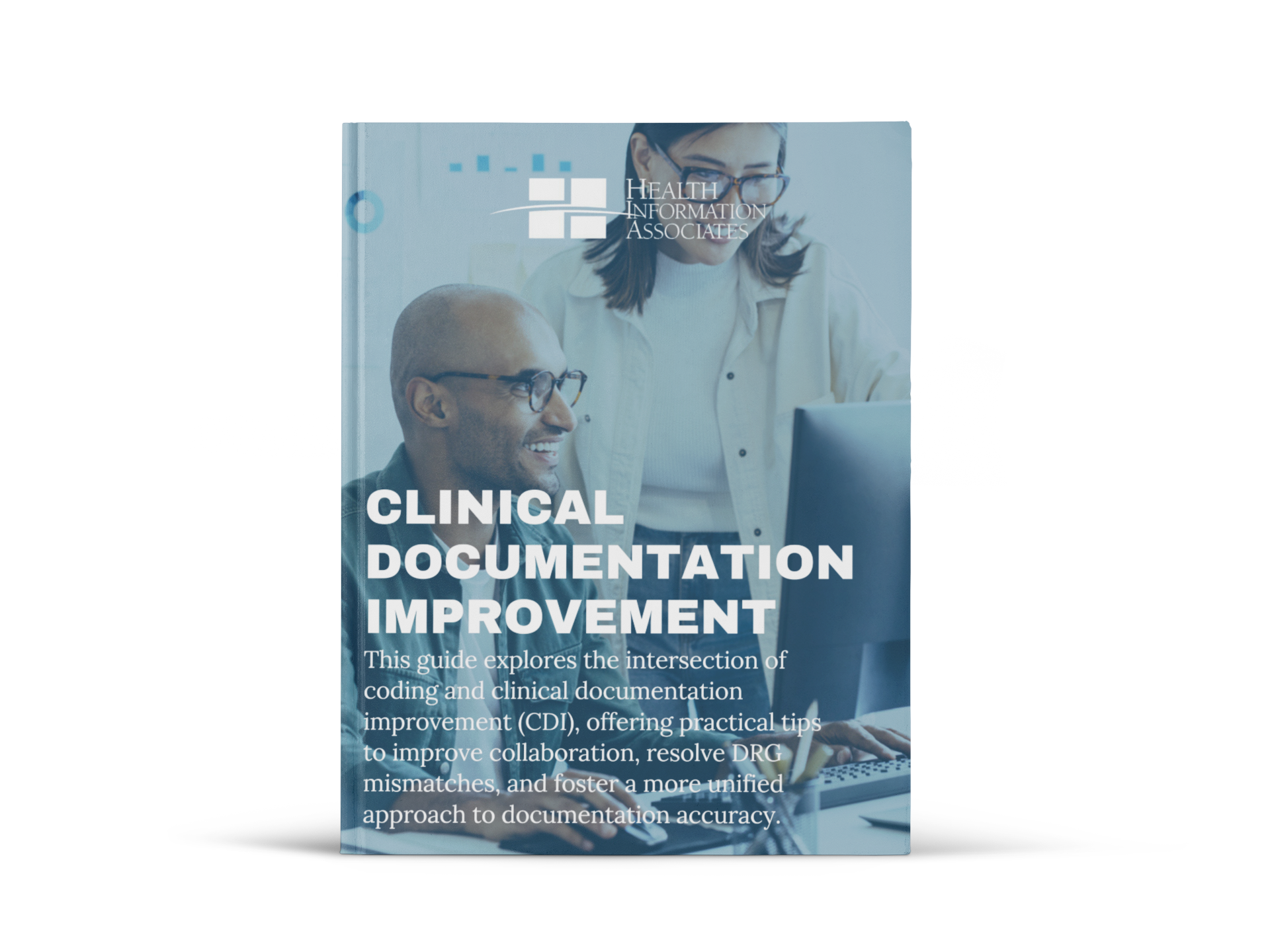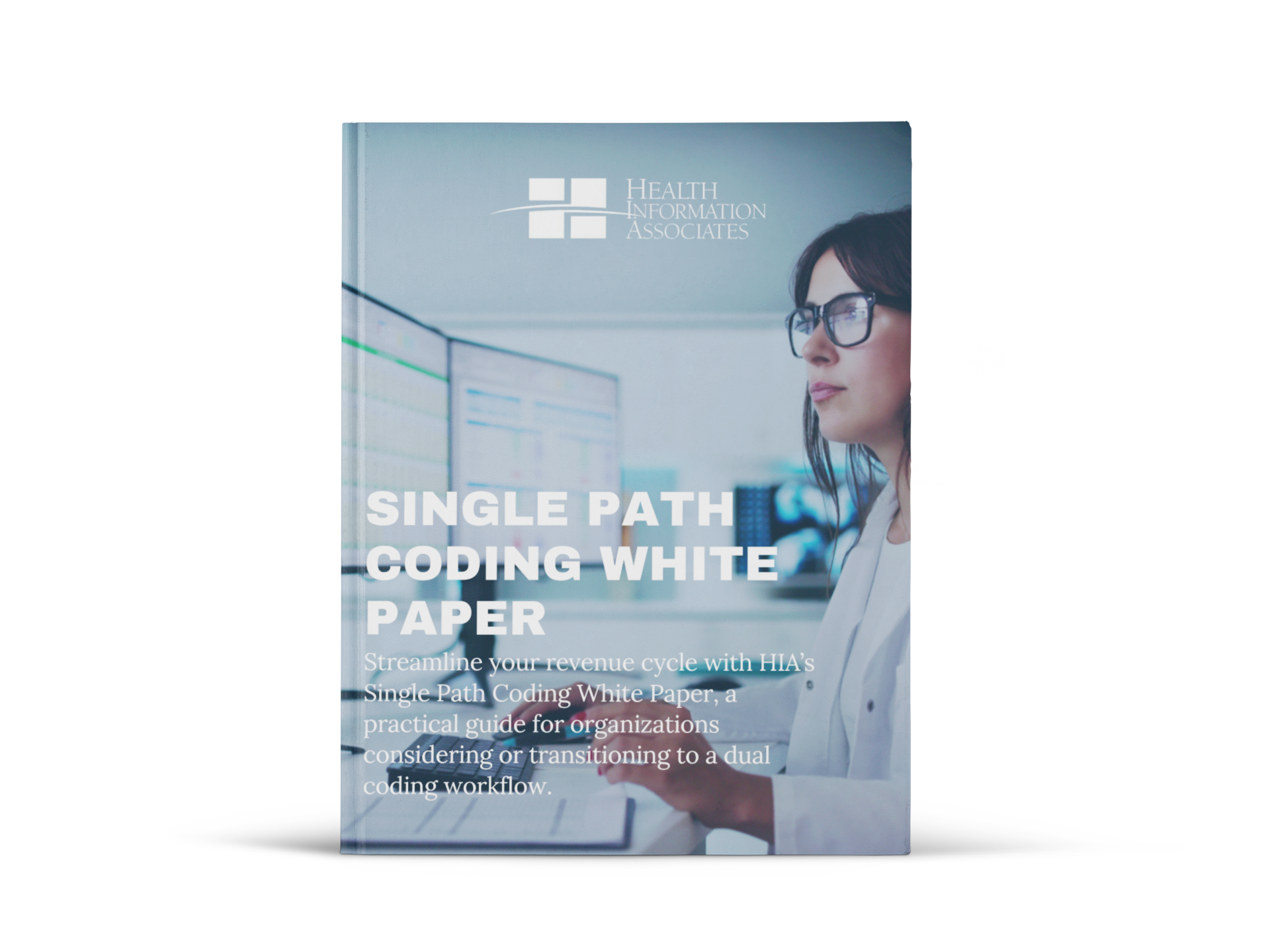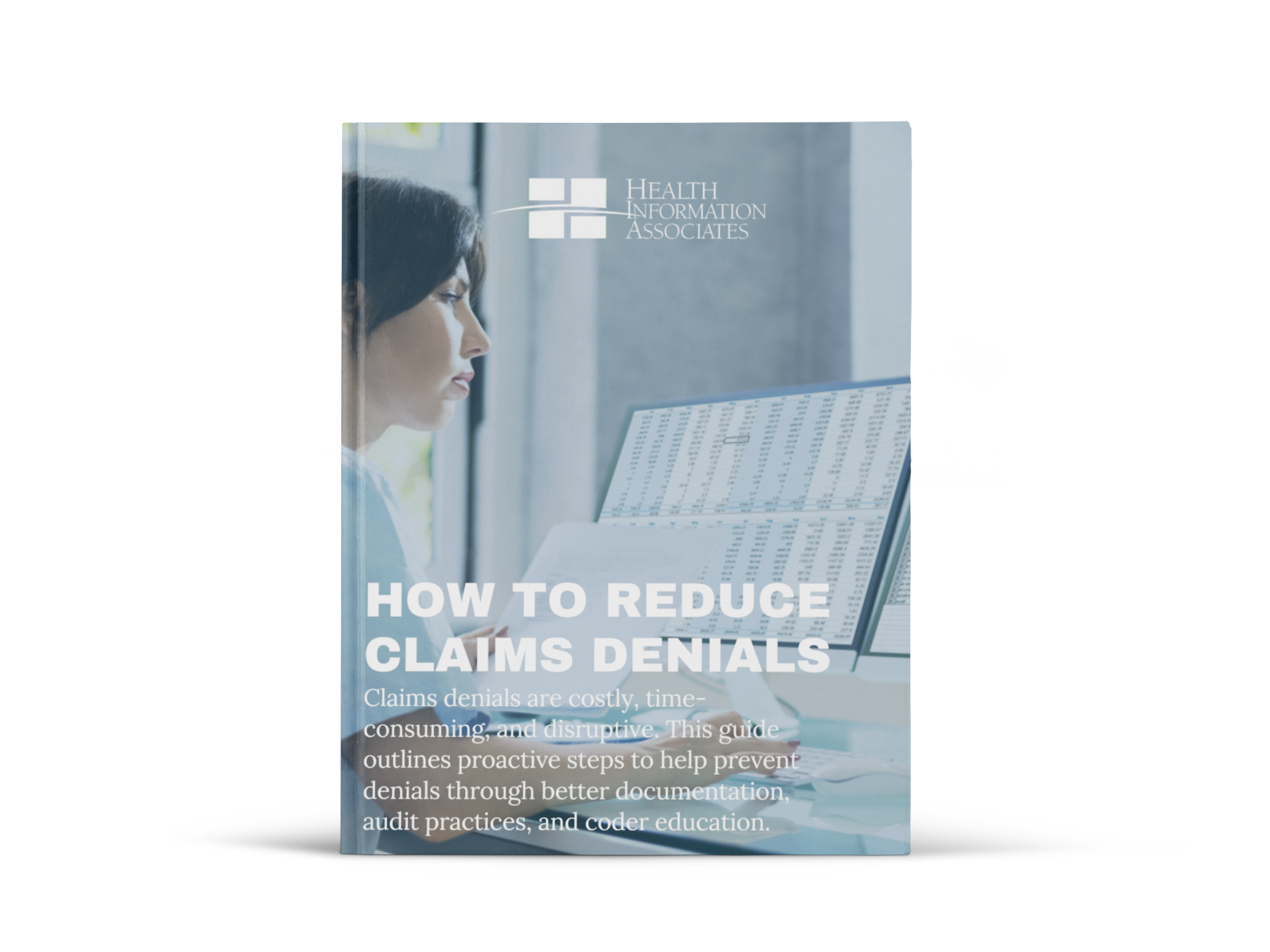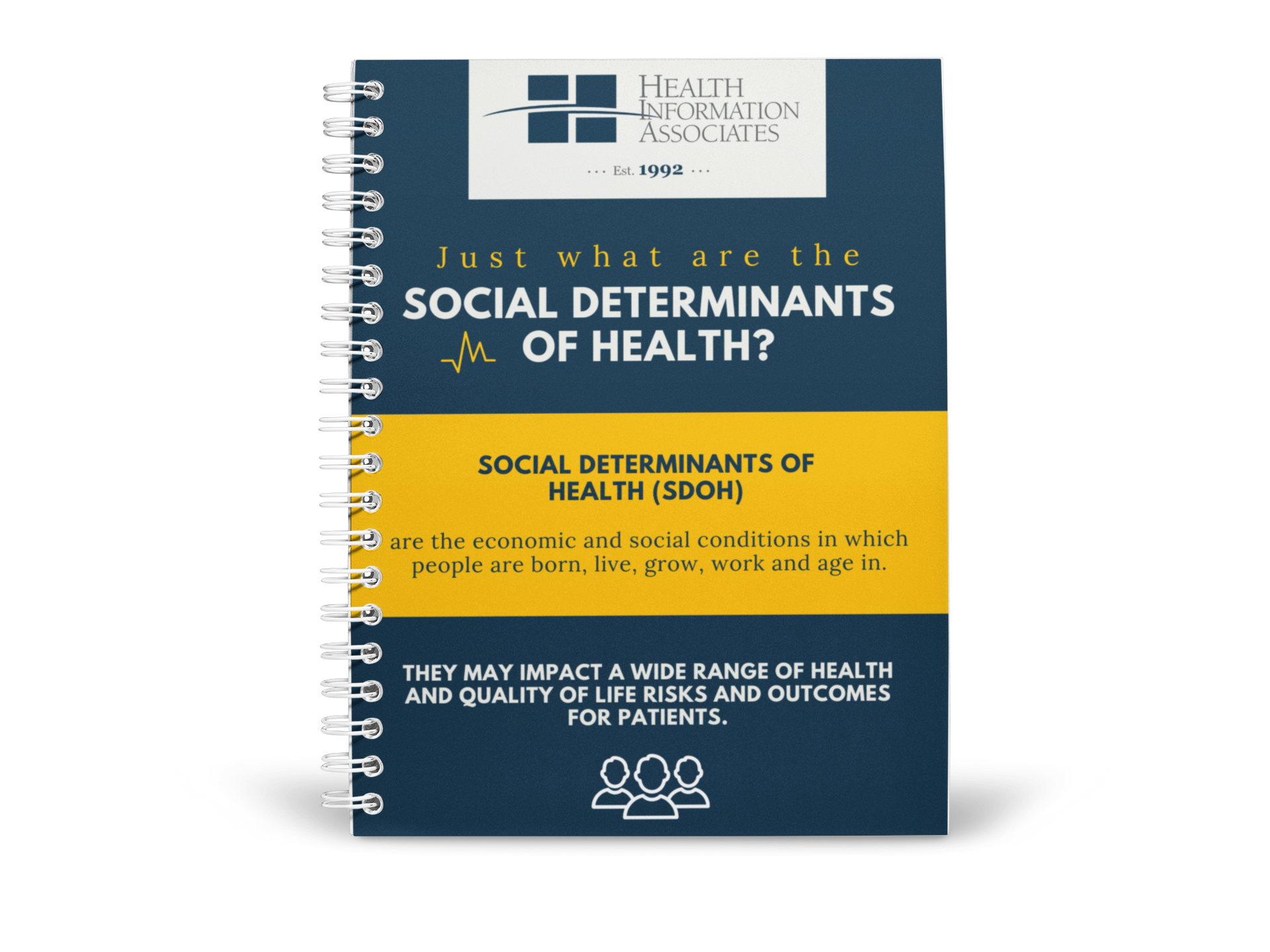Downloadable Coding Resources
Our Resources
eBooks
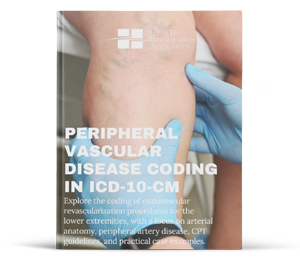
Peripheral Vascular Disease Coding in ICD-10-CM
Strengthen your ICD-10-CM coding for peripheral vascular disease by understanding pathophysiology, applying ICD-10-CM index and tabular guidelines, and correctly coding scenarios involving atherosclerosis, gangrene, and diabetes-related vascular conditions.
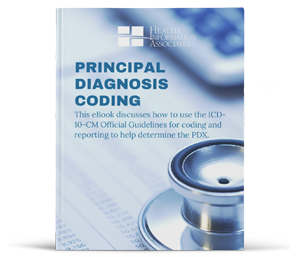
Principal Diagnosis Coding in ICD-10-CM
Improve your coding skills for principal diagnosis selection, enhancing reimbursement, data collection, quality indicators, and utilization review, with guidelines for various scenarios including interrelated conditions, surgery complications, and uncertain diagnoses.
Paid Guides
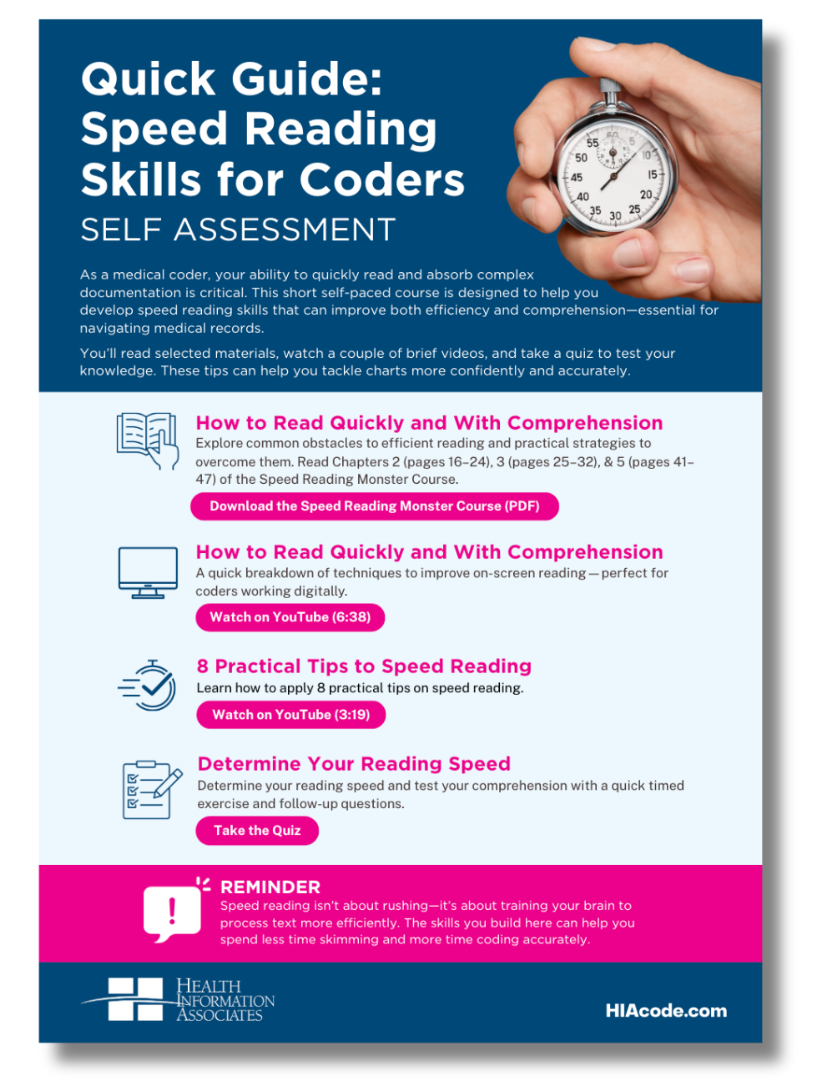
Speed Reading Quick Guide and Assessment
This self-paced guide delivers targeted strategies to help medical coders read faster and smarter. From reducing subvocalization to mastering eye movement, this resource gives coders the tools to process documentation more efficiently—without sacrificing comprehension.
2026 Code Updates Guides
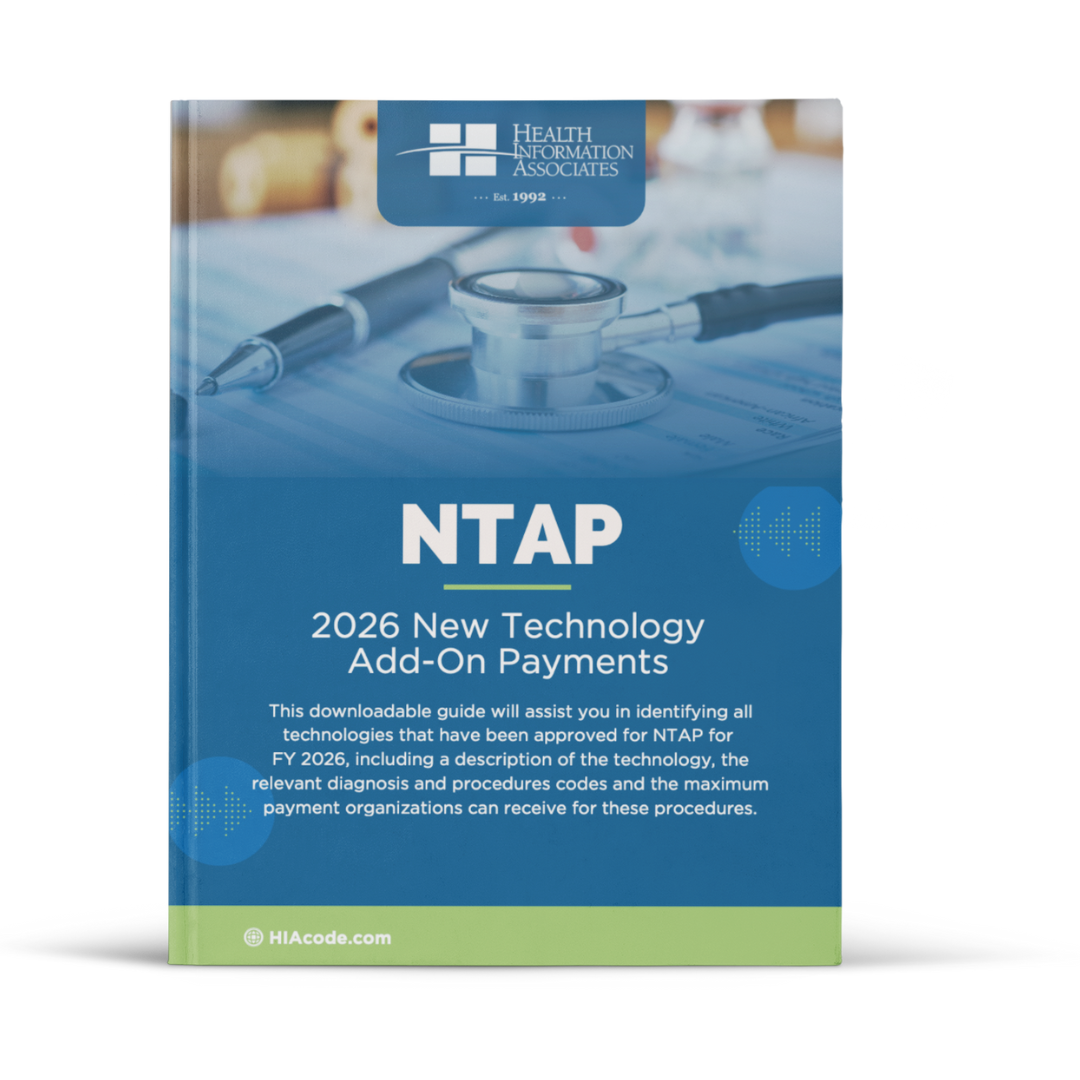
FY 2026 New Technology Add-on Payments (NTAP) and Codes
This downloadable guide will assist you in identifying all technologies that have been approved for NTAP for FY 2026, including a description of the technology, the relevant diagnosis and procedures codes and the maximum payment organizations can receive for these procedures.
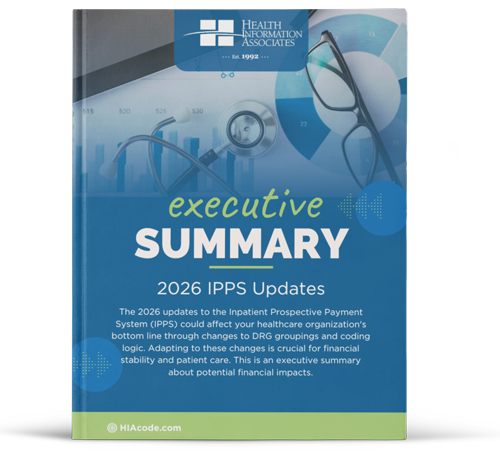
FY 2026 IPPS Updates Executive Summary
The 2026 updates to the Inpatient Prospective Payment System (IPPS) could affect your healthcare organization's bottom line. Adapting to these changes is crucial for financial stability. This is an executive summary to prepare for you the potential financial impacts to your organization.
2025 Code Updates Guides
.png)
FY 2025 Hospital Outpatient Prospective Payment System
Prepare for key changes in the 2025 Hospital Outpatient Prospective Payment System (HOPPS) with our essential guide. This document summarizes the latest CMS updates, effective January 1, 2025, to help you stay compliant and maximize reimbursement. Download it now to ensure your team is ready for the year ahead.
Free Guides
Coding Education
Recent Blog Posts
The holidays may be merry and bright, but even the most festive season comes with its fair share of mishaps—just ask Kevin McCallister. This Home Alone–themed coding roun...
Interventions for endovascular revascularization of the lower extremities for the treatment of occlusive disease are coded according to the vascular territory in which th...
The 2026 updates to CPT and the Hospital Outpatient Prospective Payment System have been released and are available for review. Now is the time to familiarize yourself wi...




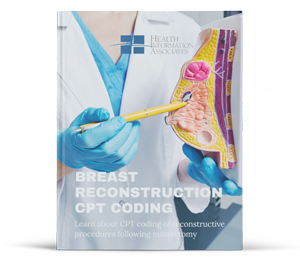

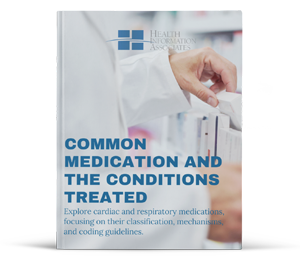

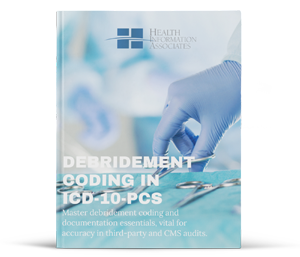

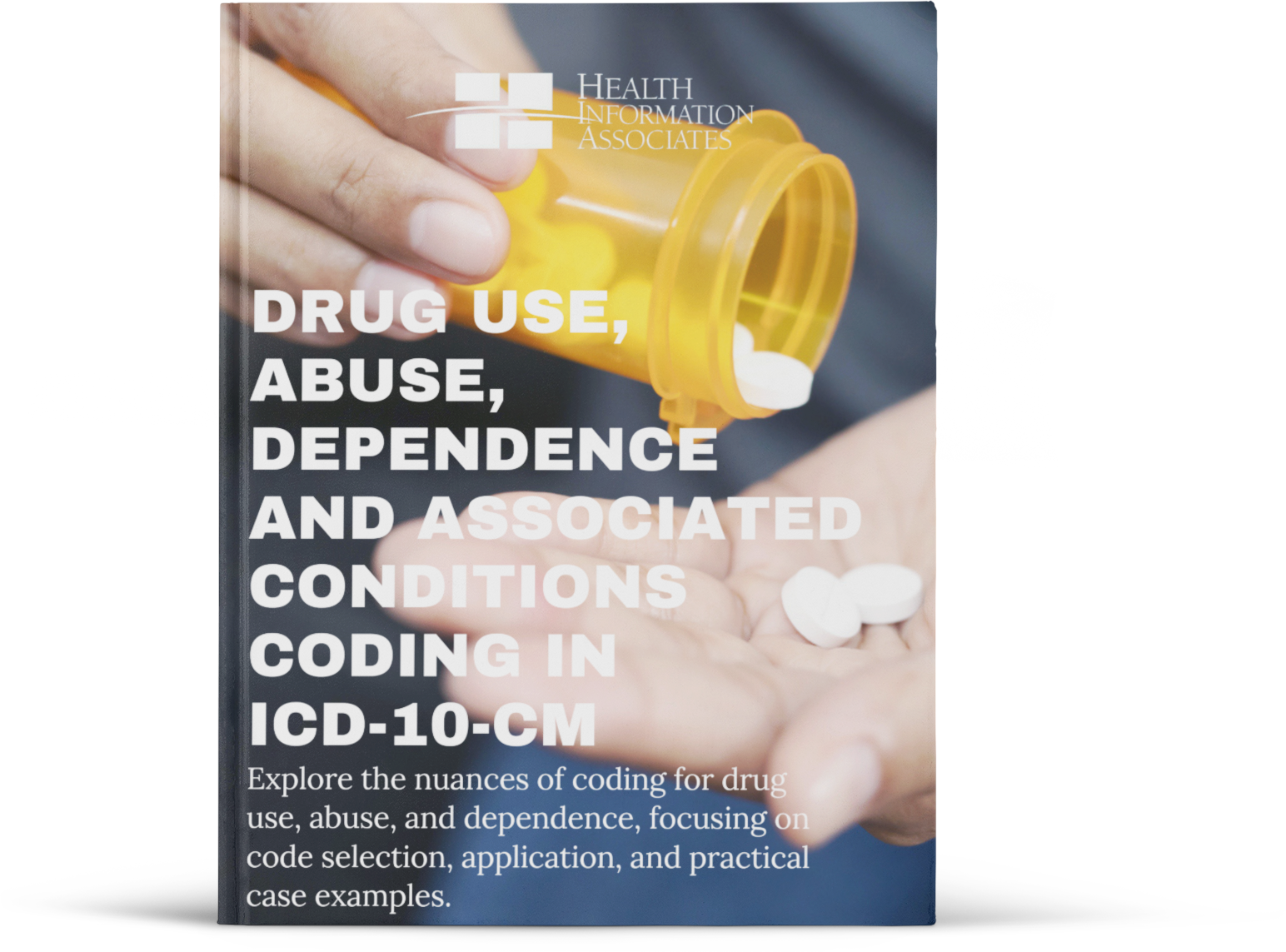

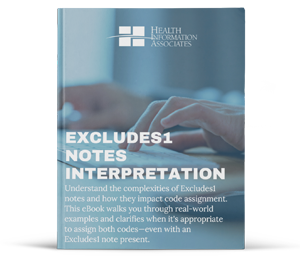

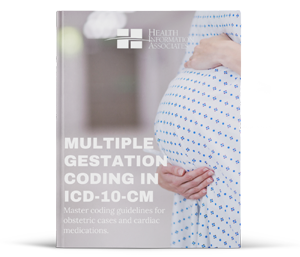



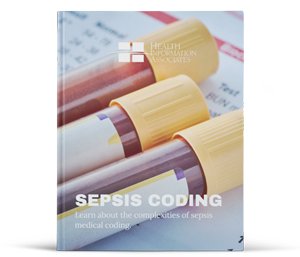

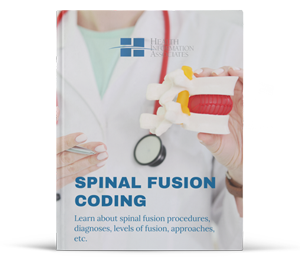

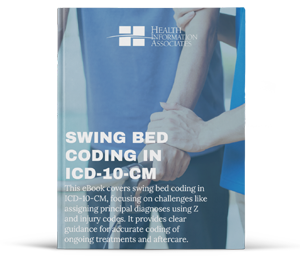




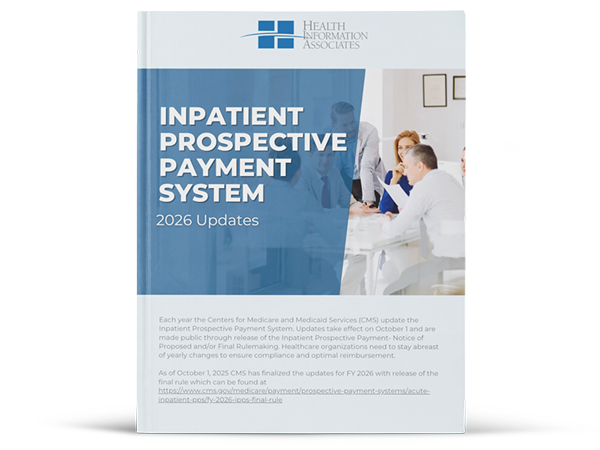








.png?width=1080&height=1080&name=Documentation%20Types%20for%20Medical%20Coding%20by%20Setting%20(1).png)

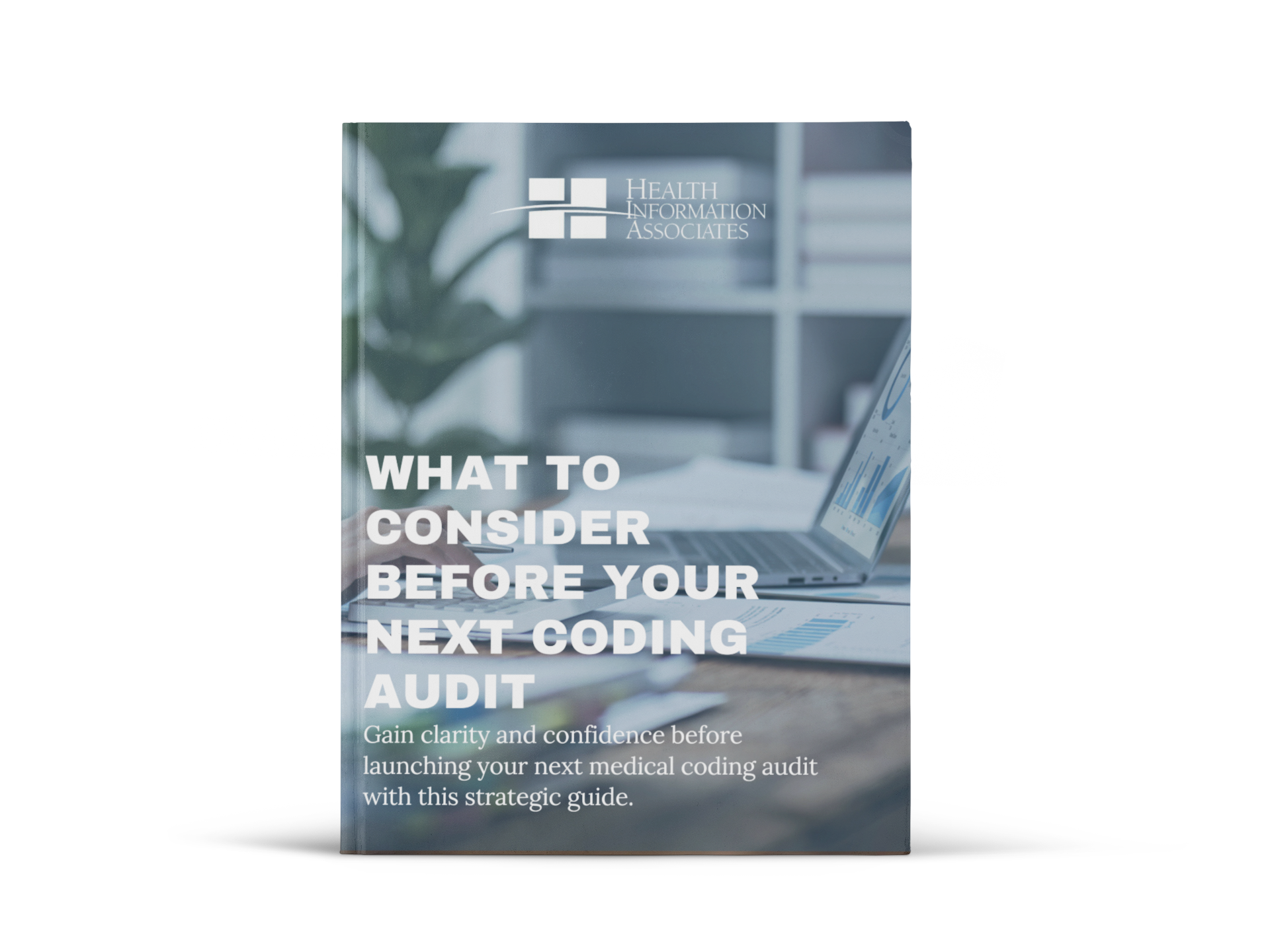

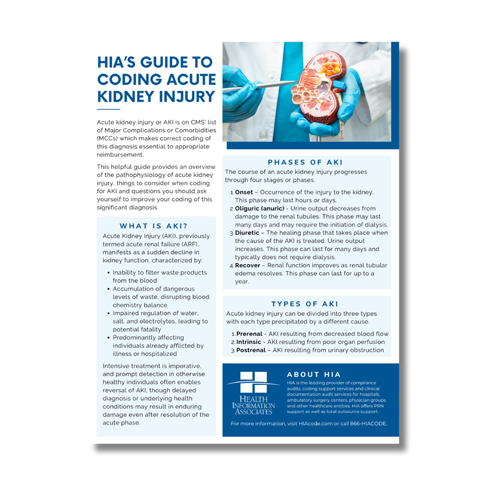
.png?width=1080&height=1080&name=PDX%20free%20download%20(1).png)
